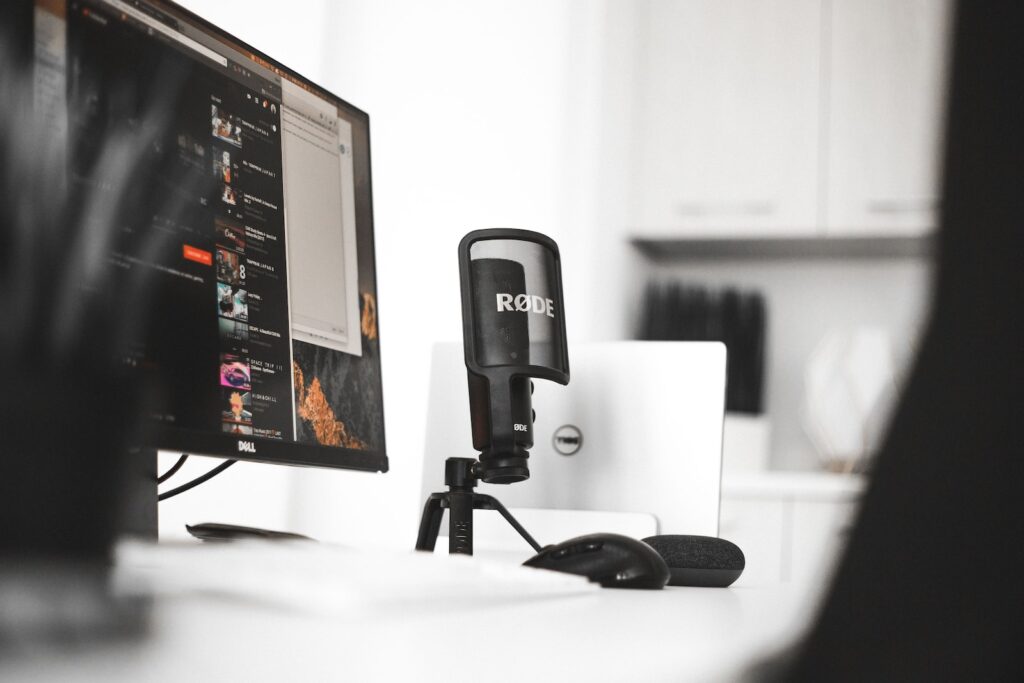
USB microphones are a type of microphone that can be connected to a computer or other device via a USB port. They work by converting sound waves into digital signals that can be transmitted through the USB connection to the device. Just like regular analog microphone, when you speak or make a sound into a USB microphone, the sound waves are captured by the microphone’s diaphragm, which converts them into electrical signals. But unlike analog microphones, these electrical signals are then amplified by the microphone’s built-in preamp, which boosts the signal to a level that can be recorded or transmitted.
The amplified signal is then converted into digital data by an analog-to-digital converter (ADC) / soundcard inside the microphone. The digital data is then transmitted through the USB connection to the computer or other device, which can then process and record the sound. USB microphones often have additional features such as gain controls, volume controls, mute buttons, and headphone jacks that allow you to monitor the sound being recorded in real time. Some USB microphones also have built-in noise reduction or echo cancellation technology to improve the sound quality.
Gain vs Volume
The gain knob on a USB microphone controls the level of the microphone’s internal amplifier, which determines the sensitivity of the microphone to sound. Turning the gain knob up will increase the sensitivity of the microphone, meaning it will pick up quieter sounds more easily, while turning it down will decrease the sensitivity, making it less likely to pick up quieter sounds.
The gain knob is an important control because it affects the quality of the recorded sound. If the gain is set too high, the microphone may pick up background noise or distortion, while if it’s set too low, the recorded sound may be too quiet or muffled.
On the other hand, the volume control on a USB microphone controls the level of the audio output of the microphone. It determines how loud the sound is that is being played through the microphone’s headphone jack or speaker output. This control is used to adjust the level of the sound being monitored in real-time, which can help you get a better sense of the quality of the recording.
Overall, USB microphones are a convenient and easy-to-use option for recording audio on a computer or other device, and they have become increasingly popular for podcasting, gaming, and other applications where high-quality sound is important.










































































































